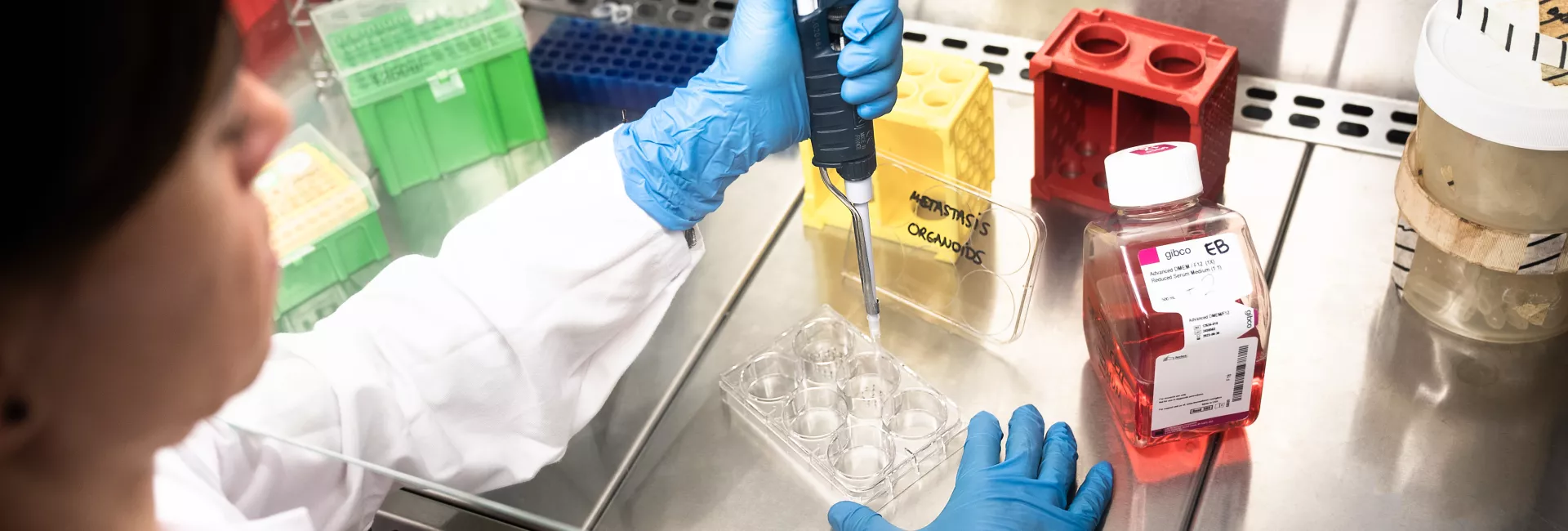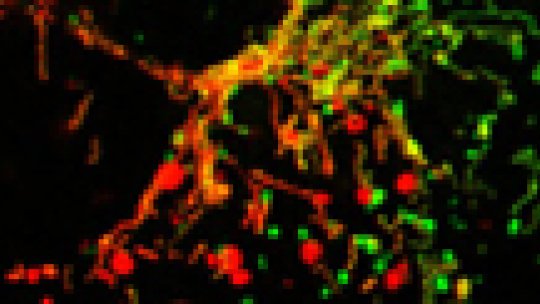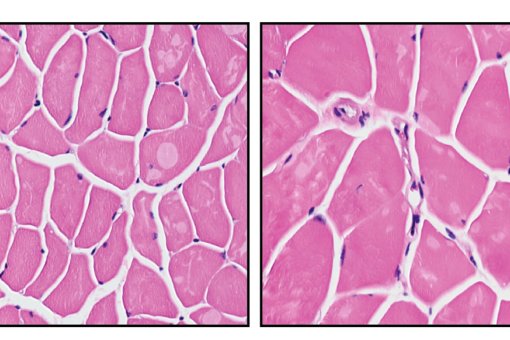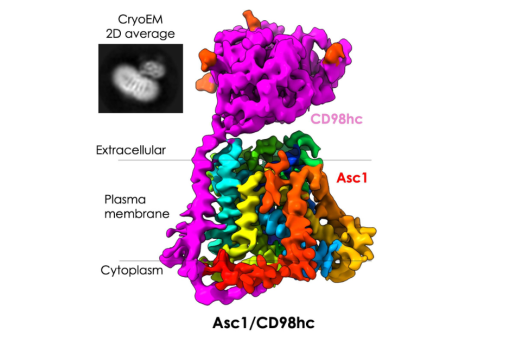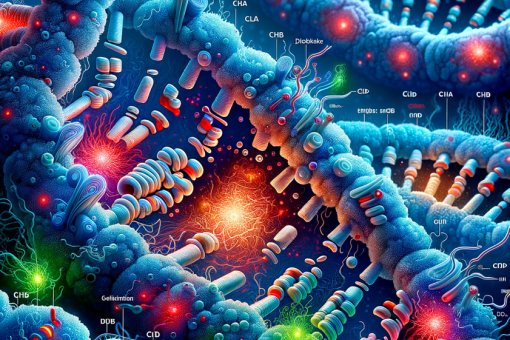Images
Contact

Researchers at IRB Barcelona publish a review article in Physiological Reviews about the changes in the shape and movements of mitochondria, and the human diseases associated with defects in these processes. This review establishes a new interface between cell biology and pathology.
The main function of mitochondria is to transform food molecules into energy, which is later used by cells to perform their multiple activities. All the cells of an organism, except red blood cells, hold mitochondria. However, the highest concentrations occur in muscle cells and cells of the central nervous system because of they have a greater energy requirement. Mitochondria are highly flexible. They change shape, fuse, separate and move constantly within the cell. These processes are referred to as mitochondrial dynamics and have an effect on the proper functioning of these organelles. Experts in mitochondrial dynamics at IRB Barcelona have published a study which examines our current understanding of these processes and the diseases associated with defects in the genes that control them. Written by the scientists Marc Liesa, Manuel Palacín and Antonio Zorzano, the article has been published in the latest issue of the journal Physiological Reviews, one of the journals with the highest impact indexes.
Human diseases and mitochondrial dynamics
In the last ten years, scientists have identified many genes and proteins involved in mitochondrial fusion, division, morphology and distribution. The study of these processes has allowed the observation that those mutations in genes that codify for said proteins cause diverse neurodegenerative diseases. For example, people with mutations in the mitochondrial fusion gene, MFN2, develop the Charcot-Marie Tooth (CMT) disease, an atrophic paralysis of the limbs that affects young people. Another fusion gene, OPA1, is altered in Kjer disease, which causes dystrophy of the optic nerve.
Another conclusion of the research work performed up to now is that mitochondrial dynamics is closely related to the function of mitochondria. Defects in mitochondrial function are at the bases of complex diseases such as obesity, type II diabetes, vascular pathologies, Alzheimer’s disease and Parkinson’s disease. Although many studies are still required, the authors speculate that mitochondrial dysfunctions are caused by defects in the proteins involved in mitochondrial dynamics. Several lines of evidence support this notion. For example, patients with type II diabetes have altered levels of the mitochondrial fusion protein MF2. Another example is that muscle cells in obese subjects have less mitochondria and are smaller than in healthy individuals. Both characteristics are regulated by mitochondrial dynamics.
The authors anticipate that the pharmaceutical industry will show increased interest in the proteins that participate in mitochondrial dynamics if it is confirmed that they are directly involved in the development of complex diseases. The proteins that act in the outer membrane of mitochondria, such as MFN2 are particularly promising therapeutic targets.
Reference article:
Mitochondrial dynamics in mammalian health and disease.
Liesa M, Palacín M, Zorzano A.
Physiol. Rev. 2009 Jul;89(3):799-845.; doi:10.1152/physrev.00030.2008
About IRB Barcelona
The Institute for Research in Biomedicine (IRB Barcelona) pursues a society free of disease. To this end, it conducts multidisciplinary research of excellence to cure cancer and other diseases linked to ageing. It establishes technology transfer agreements with the pharmaceutical industry and major hospitals to bring research results closer to society, and organises a range of science outreach activities to engage the public in an open dialogue. IRB Barcelona is an international centre that hosts 400 researchers and more than 30 nationalities. Recognised as a Severo Ochoa Centre of Excellence since 2011, IRB Barcelona is a CERCA centre and member of the Barcelona Institute of Science and Technology (BIST).
